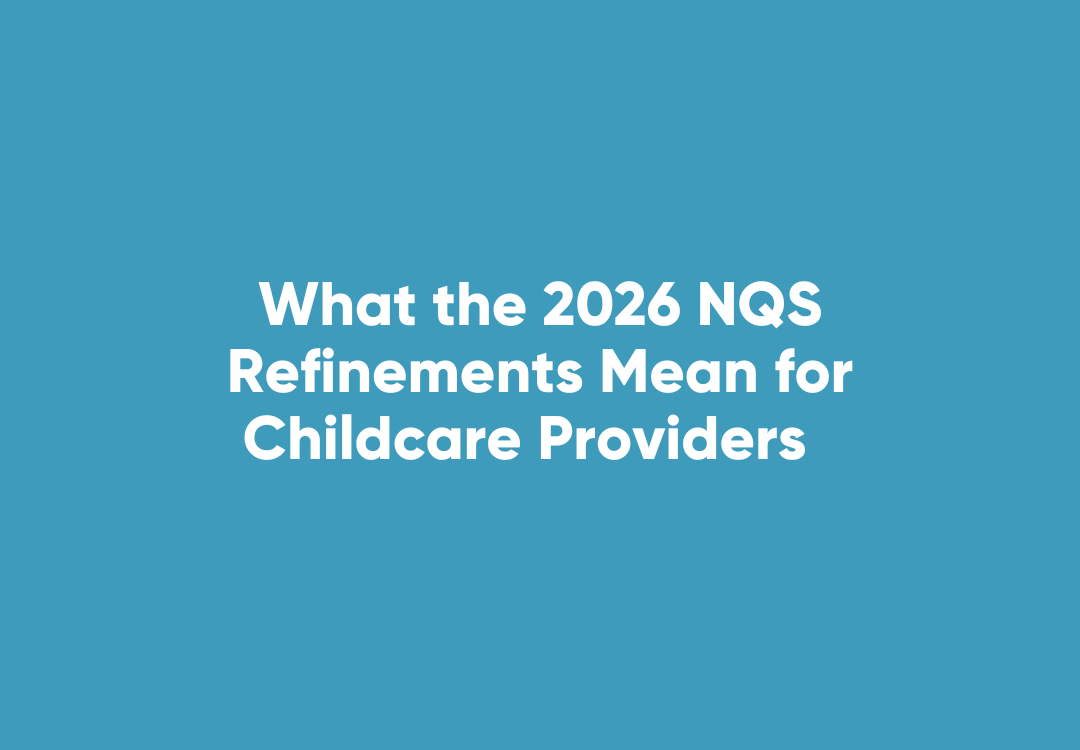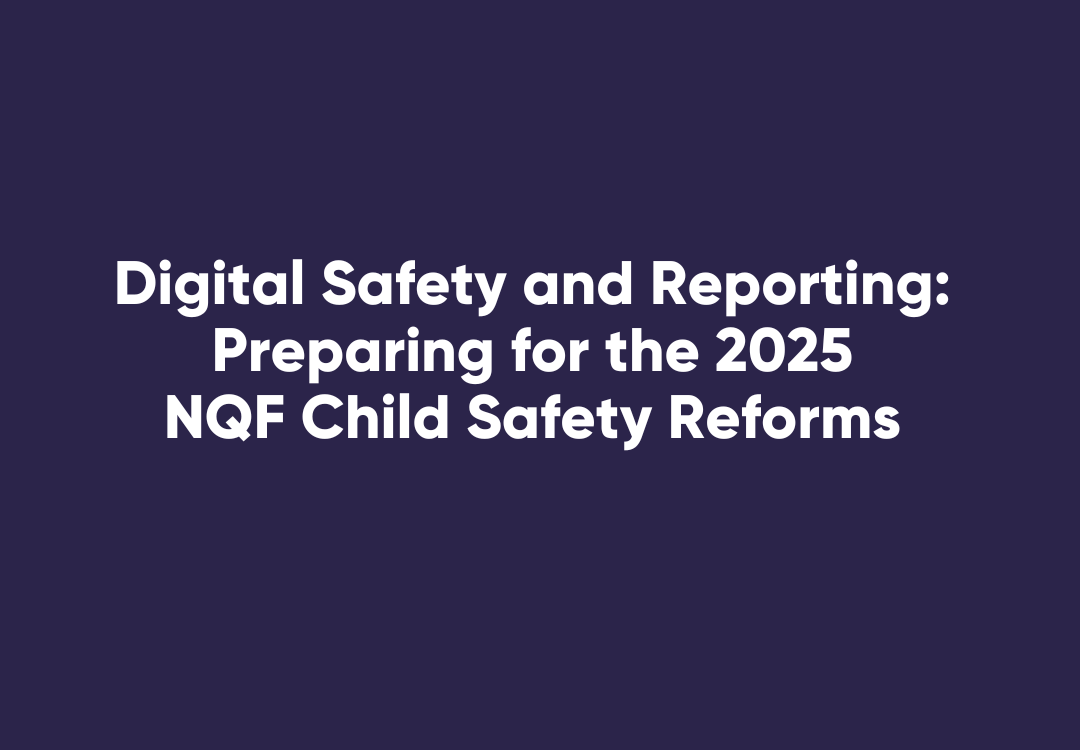Workplace Bullying Continues to be a Concern
Few actions in the workplace can create a toxic environment for employees like bullying.
Psychological abuse in the office can cause a significant amount of stress and be severely detrimental to overall wellbeing.
All organisations are urged to address workplace bullying as part of their employee onboarding and work health and safety induction process, but a recent study has indicated that, despite the efforts of many businesses, the problem is still causing concern.
50 per cent of Australian employees will fall victim to some form of workplace bullying in their career.
Half of Australian workers at risk?
Research conducted at the University of Wollongong, commissioned by beyondblue, has found that 50 per cent of Australian employees will fall victim to some form of workplace bullying in their career.
In addition, these alarming statistics reflect that many of the incidents go unreported, which according to beyondblue CEO Georgie Harman, is something that businesses need to be addressing.
“Current anti-bullying policies and strategies focus on individuals – the perpetrator and the victim – not the organisational structure and culture that allows the bullying to occur, and sometimes enables it,” says Harman.
“Change requires root and branch reform of organisational culture led decisively from the top by committed, unequivocal, strong leaders and managers.”
Examining the findings further, 40 per cent of those who experienced bullying did so early in their career, suggesting that an important area for businesses to focus on is OHS training regarding young workers.
Protecting your staff from bullying begins with WHS induction
Standing up against bullying culture
Promoting a stronger health and safety culture in your workplace requires a three-level approach:
- Developing and implementing appropriate policies and procedures that outline expected standards of behaviour, and courses of action should someone be the target of bullying.
- Introducing training and WHS induction strategies to embed policies within the workforce, and supervision to ensure procedures are being followed.
- Reviewing policies periodically, highlighting any ways in which the delivery of inductions can be improved, ensuring the workplace remains safe for all individuals.
“There needs to be a move now towards giving people the skills to manage conflict and bring their complaints to the person against whom they wish to make a complaint in a safe environment and have the confidence to do that without feeling they are going to be bullied,” says Melbourne lawyer Sarah Rey, speaking to the ABC.












